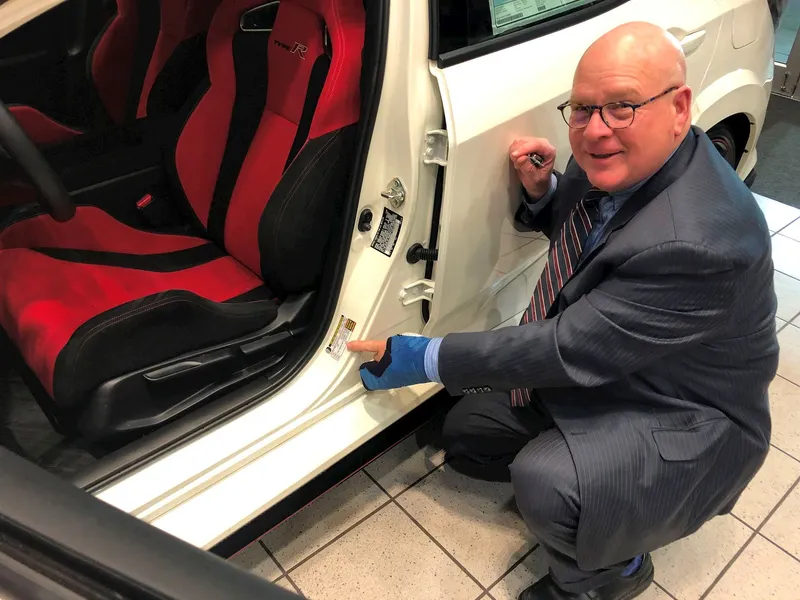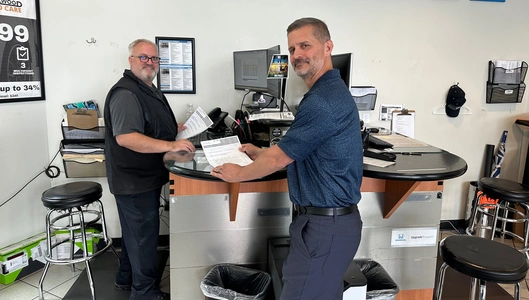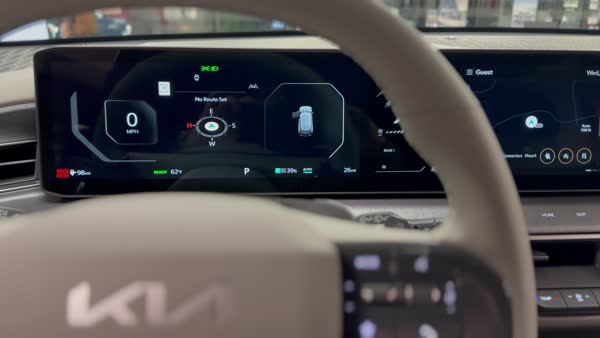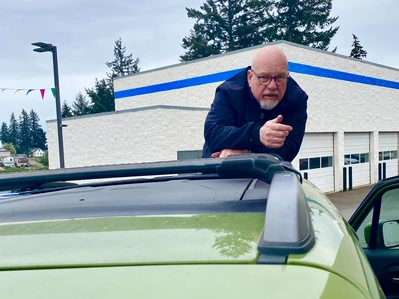You’re in your car traveling down the interstate, going 60 mph and all of a sudden, you notice the tire air pressure warning light comes on and your steering wheel starts to pull hard to the right. Your heart starts to beat fast and you pull off the interstate and into the nearest gas station to check your tires. You are not alone – it can happen to anyone. I want you to how you can check your tire pressure and why it is important to keep you safe out on the roadways. When it comes to keeping your tire pressure balanced, there are a few things to consider
- Set your tires to the pressure specified in your vehicle’s owner manual or tire information placard. You can open your door on your driver side vehicle and it will show you the exact tire pressure to put in both the front and rear tires.
- Check your tires with a good quality tire pressure gauge. Many vehicles come equipped with a tire pressure monitoring system (TPMS). Generally, this system will alert you if your tires are losing air and/or are below the recommended pressure. Even if you have a TPMS built into your car, it’s a good idea to keep a tire pressure gauge in your glove compartment. This will ensure you are getting a consistent reading each time you check against the TPMS.
- Tire pressure can change during cold snaps and heat waves. Cold, winter weather may cause your pressure to drop, while warm, summer weather may cause your pressure to increase. Although you should check your tire pressure periodically as part of good vehicle maintenance, it is important to check it when the seasons change.
- Don’t overinflate your tires. They will become rigid and stiff, causing the tire’s road contact surface to be reduced. This leads to a much rougher ride as well as uneven wear on the tread. The most common type of uneven tread wear due to over inflation is called “center wear.” The center of the tire will be worn down while there will be more tread on the sides of the tire. Due to the rigidity of an overinflated tire, it can be more easily damaged by everyday road hazards such as potholes.
- Don’t underinflate your tires. They will not hold their shape and are flatter to the ground. More of the tire will come in contact with the road, causing the shoulders of the tire to wear prematurely. This is referred to as “shoulder wear.” The center of the tire will have a strip of normal tread, while the shoulders of the tire will be smooth and worn down. Underinflated tires are more flexible when they roll, which can lead to increased rolling resistance and therefore a decrease in fuel economy.









